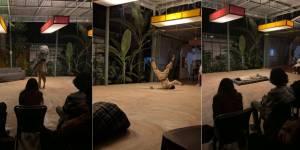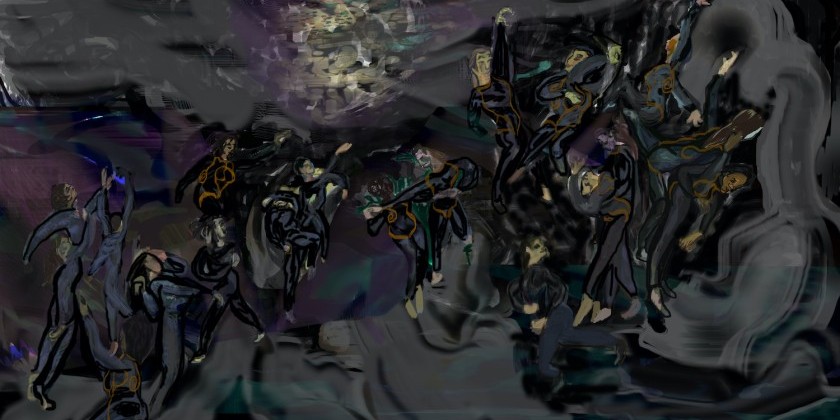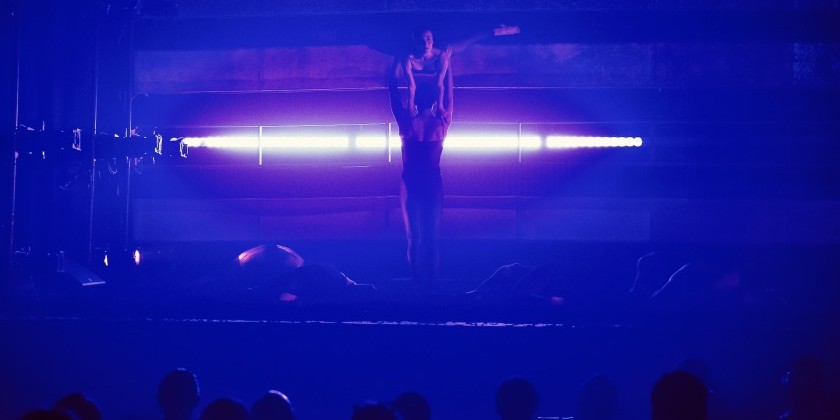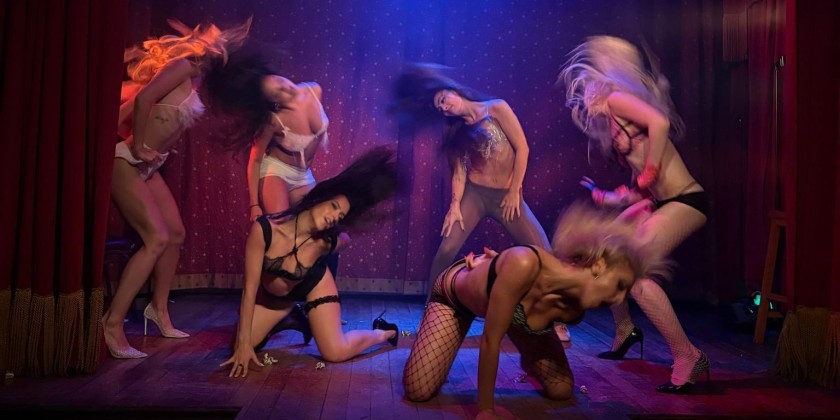AUDIENCE REVIEW: Camille A. Brown & Dancers: Mr. TOL E. RAncE
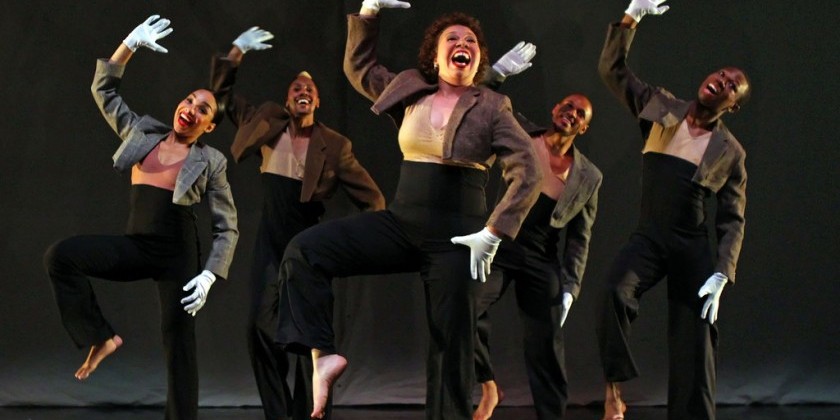
Company:
Camille A. Brown & Dancers
Performance Date:
November 9, 2019
Freeform Review:
On Saturday November 9th, I was fortunate enough to see Camille A. Brown and dancers perform Mr. TOL E. RAncE at the Joyce Theater. The show ran sixty minutes and featured two acts -- the first act was split into four movements, the second into five. Each act featured a combination of live piano music, flawlessly performed by pianist and composer Scott Patterson, as well as prerecorded material.
The first act began as a single male dancer took the stage in full newsboy attire -- slacks, tweed coat, suspenders, and a fisherman's hat. The costume choices, combined with the ragtime piano accompaniment gave the theater a 1930's atmosphere. Likewise, as more African American dancers filed onto stage in similar dress, I got the feeling of being in a speakeasy or dance hall somewhere. The choreography drew on classic 1930's era dances like the shag and jive, but in a way that felt very performative -- too performative, almost caricaturized. This was no mistake. Camille A. Brown purposefully crafted the movement this way to symbolize the minstrelsy of the 19th century. Often times during these minstrel shows, African Americans were satirized through the use of white performers in black face -- these shows stereotyped the black community through exaggerated personas and oversimplified generalizations. Brown uses this history of black performance to her advantage throughout the piece and builds on it further throughout the first act and into the second.
As the show continues into the second act, we see the piece shift from pre-depression era to modern day -- the caps, blazers, and suspenders have been shed, and the choreography begins to mimic present day stereotypes centered around the black community. From raucous gospel to petty drama to oversexualization, Brown calls out the use of African American generalizations in our media; many times the "black show" or "black character" is based entirely on stereotypes because this is the only way a white audience can palate people of color in their media. Brown also looks at the perspective of the black performer, who is forced to comply with a predisposed view of what they should look, talk, and behave like. The dancers in Mr. TOL E. RAncE are aware of what blackness looks like in Hollywood, and have no choice but to conform to these standards if they wish to perform.
As Brown's work comes to a close, we see the same soloist in the beginning return to the stage and repeat many of the same movements from his opening debut. However, this time we see the dancer's internal conflict as he echoes motifs from before; the performer's silent screams and tensed muscles told a very different story even though the movement was quite similar. Through Brown's exceptional choreography, and the dancers' abilities to convey underlying problems in our media and culture, the audiences' perspective shifts to match that of the soloist. The piece ends on a somber note as the other dancers join the soloist and run forward in slow motion, symbolizing the cultural stereotypes and generalizations that keep the black community three steps behind everyone else.
Author:
Amy Bernardo
Photo Credit:
Andrea Mohin




